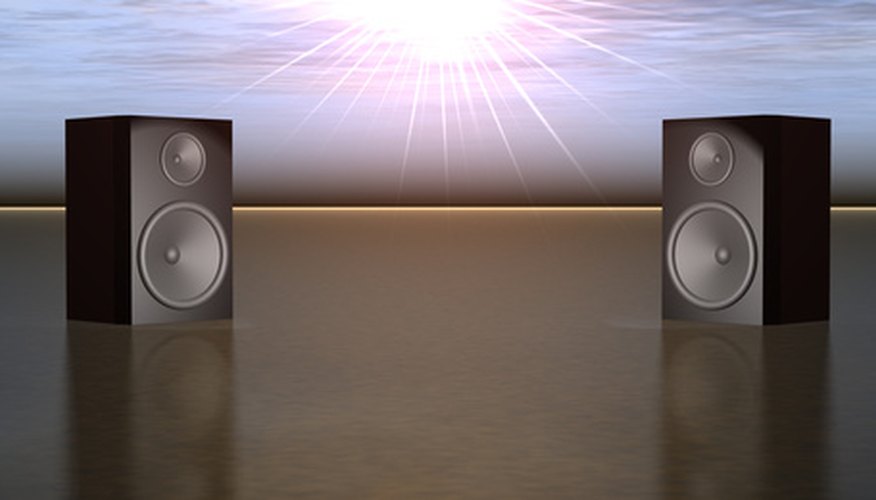Audio speakers for the home and cars are designed with a thin paper dust cover. This cover prevents dust from damaging the voice coil in the centre of the speaker. Removing the dust cover is necessary if you need to perform internal repairs on the voice coil or replace the surrounding foam ring. In many cases, you can remove it carefully and replace it when you're finished. If the dust cap is torn or seems dry and brittle, you should replace the cover. New speaker covers can be found at home audio stores or online.
- Audio speakers for the home and cars are designed with a thin paper dust cover.
- This cover prevents dust from damaging the voice coil in the centre of the speaker.
Locate the dust cover on the centre of the speakers. Many speakers have a foam face cover that can be popped off to reveal the dust cover.
Insert your utility knife into a spot on the outside rim of the dust cover. Get as close to the edge as possible.
Cut around the edge of the dust cover, stopping to adjust your knife and the speaker as necessary to make the job easier. Stop cutting just before you get back to your starting point if you plan to reuse the dust cover. Cut the dust cover all the way around if you are removing and replacing it with a new dust cover (you can proceed to Step 5 to put on a new cover).
- Insert your utility knife into a spot on the outside rim of the dust cover.
- Cut around the edge of the dust cover, stopping to adjust your knife and the speaker as necessary to make the job easier.
Flip the hinged dust cover back away from the voice coil and secure into place with a small piece of tape. This will keep the dust cover away from the voice coil if you need to make repairs.
Apply a small circle of speaker glue in the same location and lower the dust cover into place. Wipe up any glue drips to create a thin bead around the cover.
TIP
When trying to place the new cover, it may be helpful to draw an outline before applying the glue. If you will be discarding the dust cover, you can create a small hole and slowly peel the dust cap off the speaker.
WARNING
Use a small knife so you can cut with the most precision and avoid damage to your speakers.
